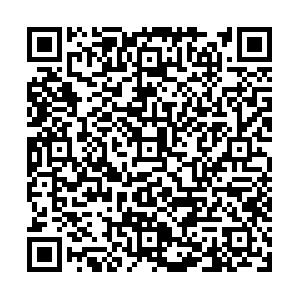Abstract:
Objective To investigate the clinical efficacy and safety of different doses of intravenous immunoglobulin in the treatment of children with Kawasaki disease.
Methods The children with Kawasaki disease admitted from January 2012 to December 2016 were randomly divided into control group and study group according to the digital table method. The two groups were both treated with aspirin as the basic treatment. The control group was given intravenous immunoglobulin 1 g/(kg·d) for 1-2 days (2 days in case of continuous high temperature). While the study group was given twice doses. The clinical efficacy and the adverse reactions of the two groups were compared.
Results The fever reducing time in the study group was significantly shorter than that in the control group (
t=5.853,
P<0.05), but there was no significant difference in the regression time of mucosal blood transfusion, cervical lymph node swelling and hand-foot swelling between the two groups (
t=1.418, 1.552, 0.719, all
P>0.05). After the treatment, WBC, CRP, ESR, PLT and other laboratory indicators in the two groups were significantly improved compared with their own group before treatment (all
P<0.05), but there was no significant difference between the two groups after treatment (all
P>0.05). There were 7 cases of coronary artery disease in the study group and 13 cases of coronary artery disease in the control group after treatment. Statistical analysis showed that the incidence of coronary artery disease in the study group (14.00%) was significantly lower than that in the control group (26.00%) and the difference was statistically significant (χ
2=4.089,
P=0.043). One of the children in the study group had adverse reactions such as chills and nausea after injecting intravenous immunoglobulin. The symptoms were relieved and disappeared after decreasing the intravenous drip speed. In addition, there were no other obvious adverse reactions in the two groups.
Conclusion The therapeutic effect of intravenous immunoglobulin 2 g/(kg·d) dose is significantly better than 1 g/(kg·d) dose in treating Kawasaki disease with fewer complications, low incidence of coronary artery disease and high safety, which is worthy of clinical promotion.

 点击查看大图
点击查看大图



 下载:
下载:
